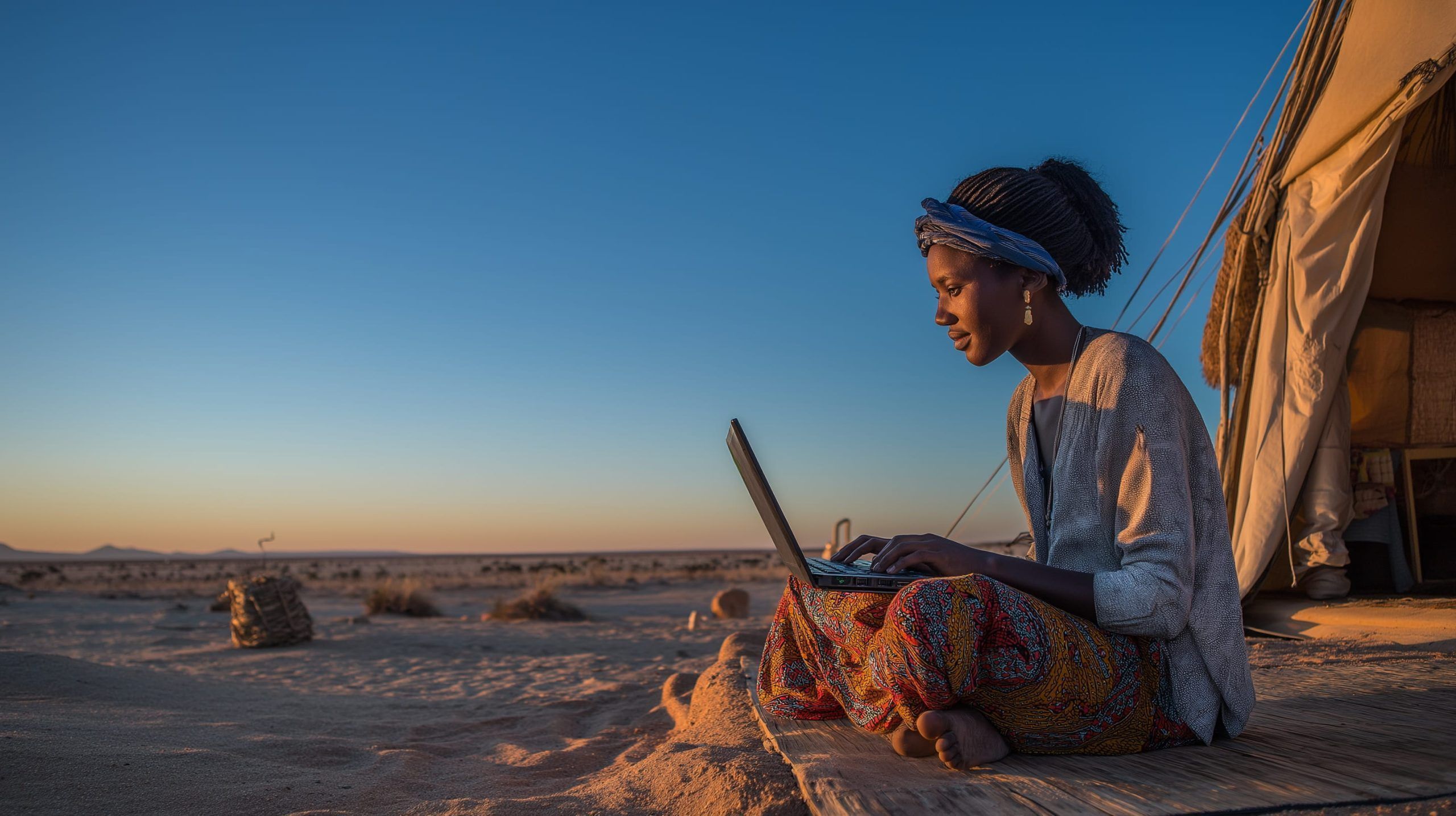
Meta’s Hyperscape Unveiled: Transforming Real Spaces into Virtual Worlds (Is This the Next XR Revolution?)
What Exactly Is Meta’s Hyperscape? Hyperscape is Meta’s latest leap in VR technology – it turns real-world places into explorable VR spaces. Think of it like capturing a 3D “photograph” of a room or location, except you can then step










